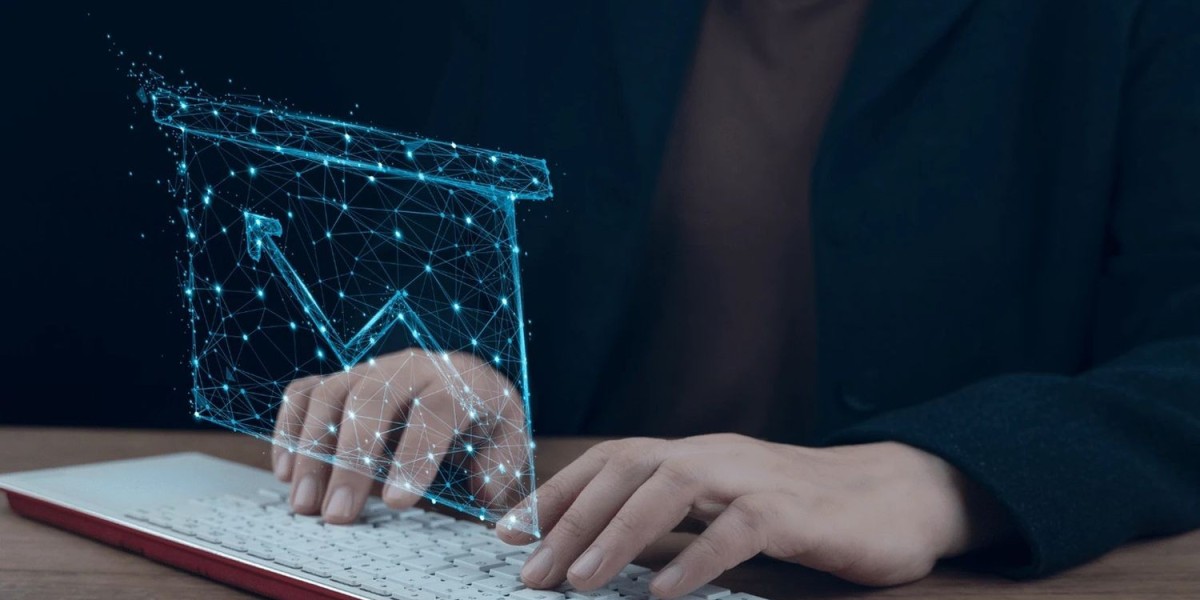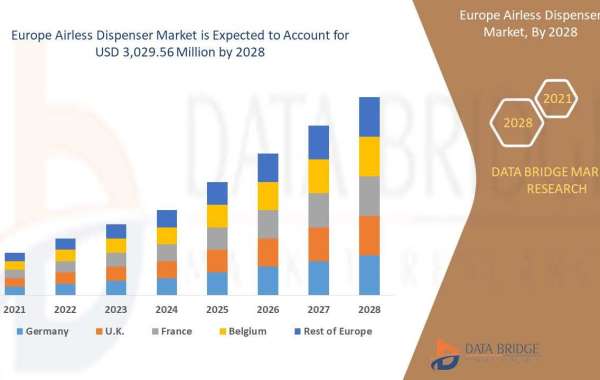What Are the Benefits of Home-Based Remote Patient Monitoring for Chronic Disease Management?
Home-based remote patient monitoring (RPM) devices have transformed chronic disease management by enabling patients to receive continuous care outside the hospital. These devices allow real-time data collection on vital signs such as blood pressure, heart rate, oxygen levels, and blood glucose. This continuous monitoring is crucial for managing diseases like diabetes, hypertension, and COPD, where timely interventions can prevent complications. By reducing the need for frequent hospital visits, RPM devices also enhance convenience for patients and lower healthcare costs for both patients and providers.
For chronic diseases, innovations such as smart inhalers and remote spirometry devices offer targeted management. Smart inhalers track medication usage and send real-time data to healthcare professionals, helping prevent asthma attacks. Moreover, these devices provide alerts to caregivers if inhalers are overused, signaling potential emergencies
.
2. How Do Wearable Devices Improve Remote Patient Monitoring and Healthcare Outcomes?
Wearable technology has become a cornerstone of RPM, with devices such as smartwatches, fitness trackers, and biosensors offering constant monitoring of vital health parameters. These devices can monitor heart rate, sleep patterns, physical activity, and even respiratory functions. By integrating RPM devices with wearable tech, healthcare providers can access real-time data on patients’ health and respond quickly to abnormal readings, minimizing the risk of severe health incidents.
Recent innovations in wearables include connected contact lenses, which can measure intraocular pressure in glaucoma patients, and wearable biosensors that monitor cardiac health continuously. This technology allows personalized healthcare, as data-driven insights enable doctors to tailor treatment plans based on the patient's unique needs
.
3. What Is the Impact of RPM on Elderly Care through Telehealth Solutions?
The elderly population benefits significantly from RPM combined with telehealth services. As many seniors prefer aging in place, RPM devices offer a way for healthcare professionals to monitor their well-being remotely. Devices like medical alert systems and smart scales allow caregivers to track a senior’s vitals and respond to emergencies, such as falls or cardiac events, in real time.
New telehealth solutions integrating RPM devices help in remotely diagnosing and managing conditions such as hypertension, diabetes, and respiratory disorders. Elderly patients are also benefiting from the use of smart beds, which can monitor sleep patterns and detect sleep apnea, improving both comfort and health outcomes
| For more info. | Market Research | Related Report | ph meter market | |
| pharmerging market | ||||
| postpartum product market |









